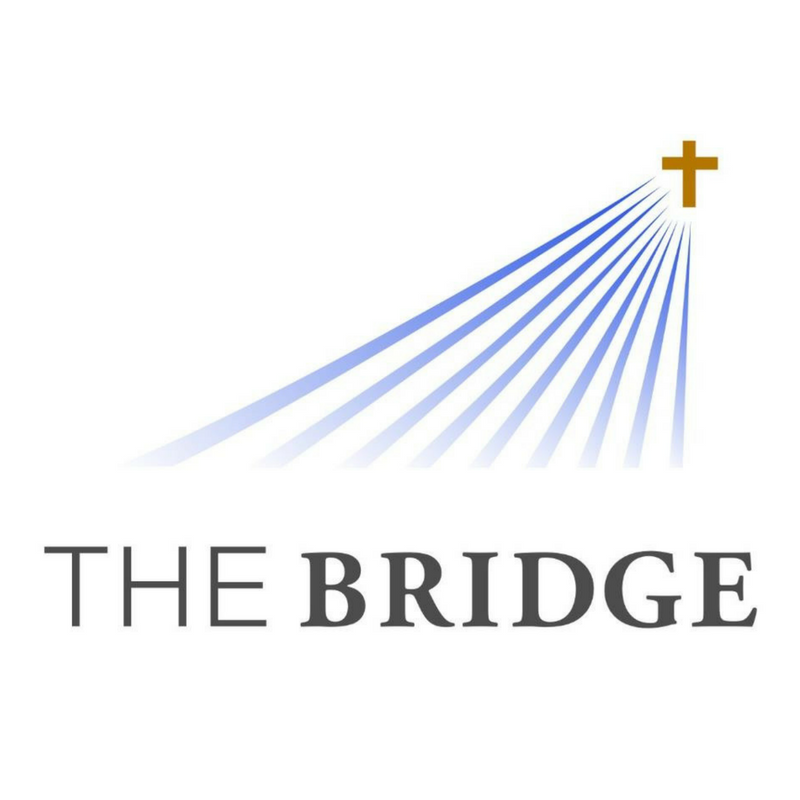More Than Flipping Tables
/So Jesus came to Jerusalem and went into the Temple. After looking around carefully at everything, he left because it was late in the afternoon.
-Mark 11:11
This coming Holy Week for the Christian faith is the week the Lent service points us to in our journey to Easter Sunday. This week starts with Palm Sunday, followed by the quiet and reflecting moments and prayers of Maundy Thursday, the somber day of remembrance of Christ's death on a cross on Good Friday, and the joyful celebration of Jesus Christ's resurrection on Easter Sunday.
Mark 11:1-19 records the start of this week when Jesus approaches Jerusalem riding a donkey (or colt) through a jubilant procession with cries of "Hosanna! Blessed is He who comes in the name of the Lord!” By the end of verse 19, Jesus has cursed a fig tree and laid waste to the merchants and their tables of merchandise in the Temple. The religious leaders were furious and sought a way to destroy him, and multitudes were astonished by Jesus's teachings. However, let us look at a verse often overlooked — verse 11.
Jesus entered the Temple, it was late in the day, and he looked around. He did nothing and left.
We forget that Jesus had already destroyed the merchants means of commerce established in the Temple a few years before this latest visit. John records Jesus’s visit to the Temple in his Gospel in the second chapter after the Cana wedding Miracle. After this recent visit, Jesus leaves the Temple, the following day he sees a fig tree —out of season for producing figs — searches for figs to eat, finds none, and curses the tree.
What's going on here?
May I suggest that when you weave together the events starting with the treatment of those hailing Christ as King in an outward, visible, and historical way who will also a few days later turn on Him and demand his death, the Temple where once again Jesus saw within its walls it was still perverted with commerce instead as God's house of prayer and worship, and a fig tree that was all show but no substance, Christ makes the point it is not one’s outer ward appearance but what is going on inside a person and his or heart and soul that matters.
The Temple looked grand and beautiful from the outside, but sin and corruption were prevalent inside. It's not a coincidence Mark notes it was late in the day. Late in the day, the sun was setting, creating elongated shadows and hints of darkness, shading the stones, columns, and people. It can be a foretelling too of the elongated shadows, and darkness of hidden sin shading one's soul and heart. At the same time, it looks like we have it all together outwardly, exchanging the pleasantries of our good self with our Temple of appearance, while the inward Temple - our heart — can be a different story. Malcolm Guite suggests that constant tension exists in exchanging the world's outward desires with our hearts' inward desires. It’s during this tension when we need to ask Christ, and the help of the Holy Spirit, to be the authority over our lives and rescue us from our sinful impulses —asking Jesus to flip our heart’s tables filled with the merchandise of sin.
In cleansing the Temple, Jesus, as Messiah, claimed greater authority over the Temple than the religious leaders and High Priest. A few days later, Jesus Christ did the final cleansing of the Temple in the Great Exchange of dying on the cross as a sacrifice for our sins and took on our sins and lay upon us His righteousness so we became justified as righteous in God's eyes.
There is more going on here in the present events of Mark 11 than Jesus flipping tables. It's a foretelling of our salvation and the cleansing of our inner self — our sinful nature and heart.


